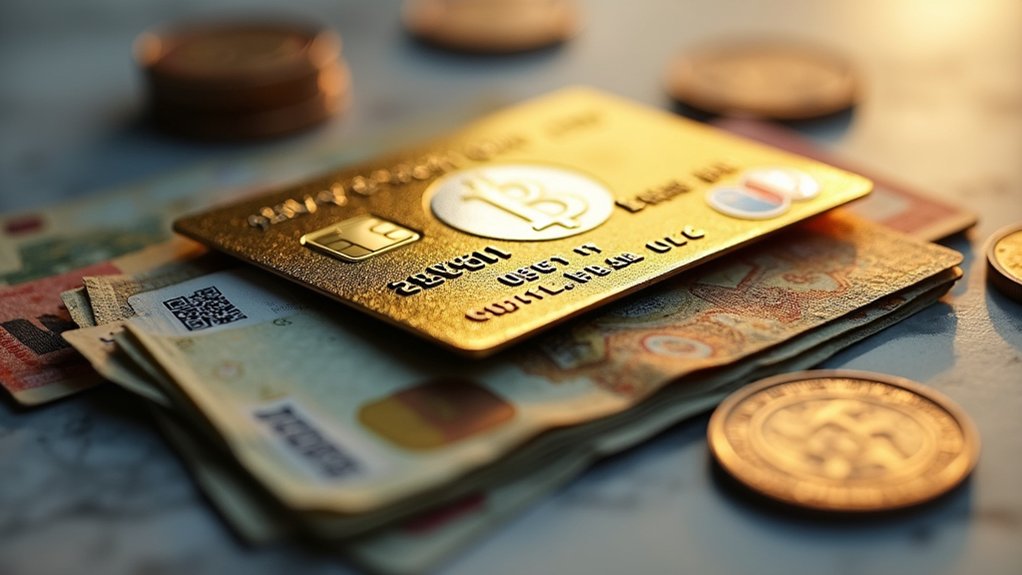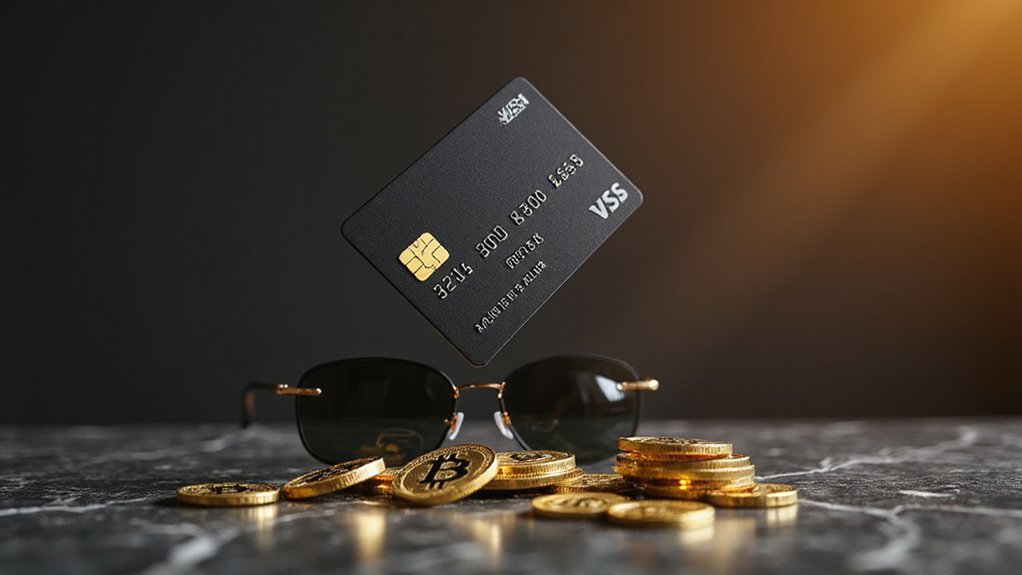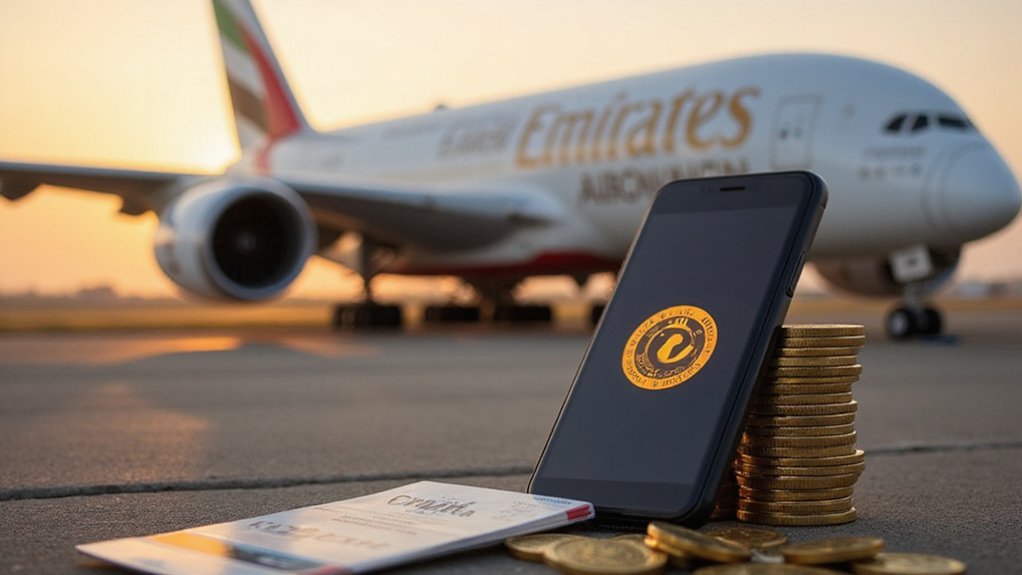Where once Europeans fumbled for loose change to buy their morning espresso, they now increasingly tap crypto-backed payment cards with the casual efficiency of seasoned digital natives. The transformation has been swift and decisive: crypto cards now command a staggering 45% of small-value transactions under €10 across Europe, effectively dethroning traditional banks in the micro-spending arena they once dominated without question.
The numbers tell a story of quiet revolution. European crypto card orders surged 15% in 2025, while the average transaction value sits at €23.70—markedly lower than traditional bank cards’ €33.60 average. This isn’t merely technological novelty; it represents a fundamental shift in how Europeans conceptualize money itself. Nearly half of all crypto card transactions fall below the €10 threshold, directly challenging cash’s historical monopoly on micro-purchases.
Perhaps most telling is the behavioral pattern emerging: crypto cardholders conduct 40% of their transactions online, nearly doubling the eurozone’s 21% average for traditional cards. They’re purchasing groceries (59% of transactions) and dining out (19%), treating Bitcoin and Ethereum with the same mundane practicality once reserved for crumpled banknotes. Stablecoins, those paragons of crypto stability, facilitate 73% of these transactions—because apparently, even digital revolutionaries prefer their coffee purchases without volatility-induced heart palpitations. The spending patterns also reveal that dining and bar purchases represent 19% of crypto card transactions, actually surpassing the regional average for traditional in-person dining spending.
Even crypto revolutionaries prefer their morning espresso purchases without the existential dread of price volatility.
The infrastructure supporting this transformation reveals Europe’s embrace of financial digitization. Partnerships between crypto platforms like CEX.IO and established payment networks such as Mastercard have created seamless integration points, while the evolving MiCA regulatory framework attempts to govern what consumers have already adopted en masse. However, this consumer enthusiasm contrasts sharply with the stark reality facing crypto businesses, where only 14% of crypto startups have successfully secured lasting banking relationships. This payment revolution aligns with broader DeFi principles, enabling peer-to-peer transactions without traditional banking intermediaries through blockchain-powered financial infrastructure.
Traditional banks, accustomed to dominating the payments landscape through sheer institutional inertia, now face an uncomfortable reality: their customers are willingly—eagerly, even—embracing alternatives that bypass conventional banking infrastructure entirely.
The contactless revolution has merged with cryptocurrency adoption, creating a payments ecosystem where digital assets function as actual currency rather than speculative investment vehicles. This micro-spending revolution suggests Europe’s march toward a fully cashless society has found an unexpected accelerant in cryptocurrency—transforming what were once investment curiosities into everyday payment tools with remarkable speed and consumer acceptance.









